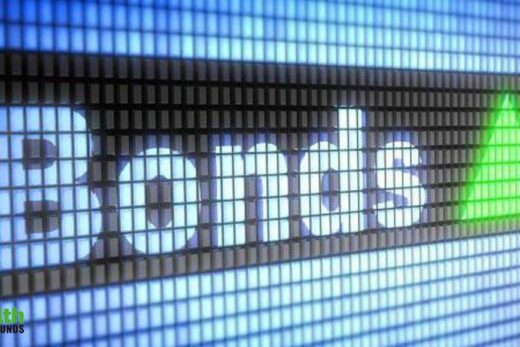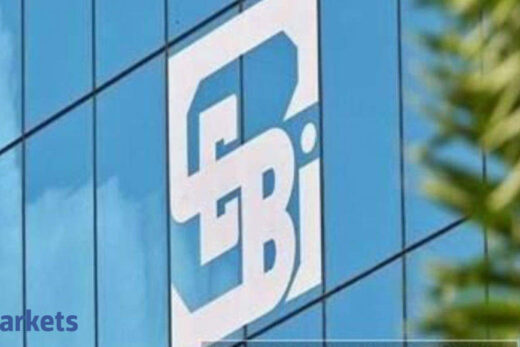The six-member group said in a report that resolution of the distressed asset remains the first objective of the Insolvency and Bankruptcy Code (IBC), followed by promotion of entrepreneurship, availability of credit and balancing the interests of stakeholders. “This order of objectives is sacrosanct,” it said.
Other members of the group are the Centre for Monitoring Indian Economy CEO Mahesh Vyas, the Indian School of Public Policy (ISPP) Shubhashis Gangopadhyay, the ISPP’s Dipankar Gupta, Aditya Birla Group chief economist Ajit Ranade and Tata Sons chief economist Roopa Purushothaman.

The working group said reliable real-time data is essential to assess the performance of the insolvency process. It suggested that the IBBI consider including quantitative data on cost indicators such as court and bankruptcy authority fees, resolution professional’s fees, asset storage and preservation costs in its quarterly updates in line with international best practices.
To calculate the exact cost of the insolvency process the group has recommended a survey based on responses from insolvency professionals on the lines of the World Bank’s ease of doing business.
“Apart from specific insolvency indicators as reported by the IBBI, it is also important to track the performance of related economic indicators to assess the performance of the insolvency process with respect to other objectives such as ‘promoting entrepreneurship’ or ‘enhancing credit availability,” said the group.
It said use of indicators such as number of new companies registered, credit supply to stressed sectors such as real estate, construction and metals, change in the cost of capital, particularly for stressed sectors, the status of non-performing loans, employment trends, size of the corporate bond market and investment ratio for the related sectors.
The group also recommended a national dashboard of insolvency data by using the existing data sources to the extent possible, along with specific insolvency indicators which the IBBI reports on a quarterly basis.
This is the second report in recent months after a parliamentary standing committee had suggested changes to the code in August.
In August, a 29-member standing committee headed by former minister of state for finance Jayant Sinha, and including former prime minister Manmohan Singh, said that low recovery rates with haircuts as much as 95% and 71% of the cases pending beyond the 180-day time frame envisaged by the law pointed towards a deviation from the original objective of the code.
The key recommendations of the committee include setting up specialised National Company Law Tribunal benches to hear only IBC matters, establishing professional code of conduct for committee of creditors, strengthening the role of resolution professionals and digitalising IBC platforms in order to make the resolution process faster and maximise the realisable value of assets.



